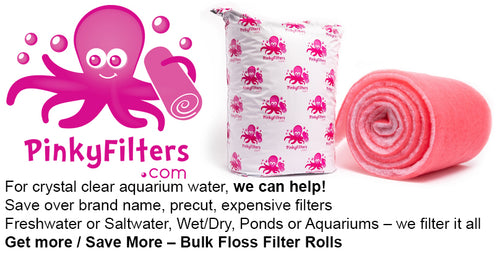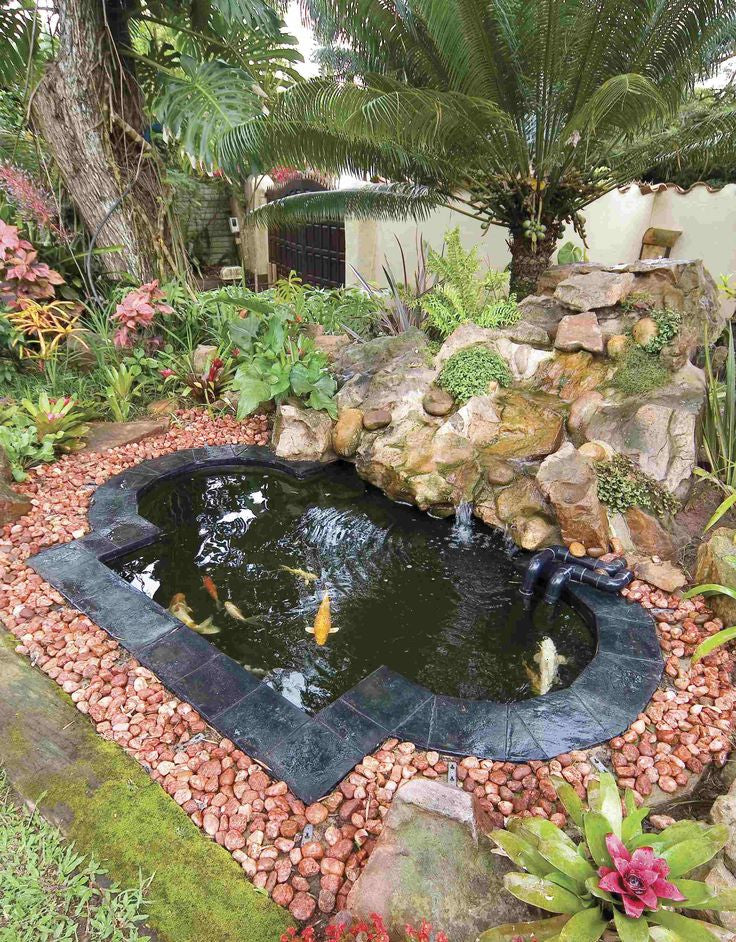Introduction to Koi Ponds
Introduction to Koi Ponds
Koi ponds have become a popular hobby in the world, and the reasons are clear as to why. Koi are beautiful, vibrant fish that can literally light your day. Koi come in many colors, varieties, and kinds, so it is likely that everyone in the world can find at least one type of Koi that would suit their likes. While Koi may be a welcomed beauty to your pond, they also have an interesting history attached to them.
In Chinese culture, Koi ponds are said to being good luck to their owners. Koi ponds are used as an overall plan to fulfill their lives. Other parts of the world consider Koi ponds as a form of relaxation and serenity. In the united states, more and more people seem to find Koi ponds to be fun more than anything else. No matter what the reason you find to have a Koi pond, they are sure to brighten your life.
Should You get a Koi Pond
However, Koi keeping should not be taken lightly. Koi, like any other animal, require time and money to maintain. Many first-time Koi owners fail because they get the idea that keeping Koi is easy in some way. Do not let this discourage you though, as educating yourself will greatly improve your chances of succeeding.
 It is important for you to learn all you can BEFORE you begin obtaining the things you need for Koi keeping. This way, you will not slip up and should replace anything that you have already done or bought. Planning will not only save your money, but it will potentially save your sanity as well.
It is important for you to learn all you can BEFORE you begin obtaining the things you need for Koi keeping. This way, you will not slip up and should replace anything that you have already done or bought. Planning will not only save your money, but it will potentially save your sanity as well.
It is important to learn the information for yourself rather than relying on other sources. People such as your product dealer and pond builder will have limited knowledge, but should not be trusted for a reliable source, as they are selling products and may be bias. Plus, once you are at home with your Koi, your product dealer or pond builder may not be available to help you in the event of a problem.
Koi Have Personality
You would not believe that Koi have personalities like other animals. They are social, and can even be trained to eat directly from their owner’s hands. The more time you spend with your Koi, the more you will notice each Koi has individual characteristics and traits.
Koi have been known to live for up to 200 years at time, but generally the average lifespan of a healthy Koi is about 30 years. So, if you are looking for a long-time pet companion, Koi may be a good choice.
Building Your Koi Habitat
Before ever buying Koi, you must create a proper habitat for them. This is where information from your pond builder and supplier will come in handy. However, you should not rely on the opinions of just one person. It may be a god idea to do research on your own, before you go to purchase the materials needed for you pond. Because of its popularity, an unlimited supply of resources can be found on the topic of Koi keeping. Visit your local library, fishery center, or research online. There are quite a few things needed to sustain a habitable pond.
When it comes to pond size, bigger is always better. Koi have a habit of growing rather fast, so you should consider pond size at the same time you are considering how many Koi you are going to put it in.
Your filtration system is extremely important. There are 2 types of filtration, mechanical and biological. Mechanical filtration relives the pond of solids such as dead algae, insects, and Koi wastes. It is important to have enough filtration to sustain the size of the pond, and the amount and size of your Koi. Biological filtration causes a nitrogen cycle, which is what removes dissolved wastes from your pond. Without biological filtration, built up waste will turn into ammonia and kill your Koi within just a few days.
Besides the technical aspects of your pond, you will also can create a visually appealing area as well. Waterfalls, fountains, and other water features will not only add a visual show to your pond, but it will also create movement and sound. A variety of plants and flowers are also available for your pond.



 You may notice that the water in your pond is extremely clear when the seasons are changing from Winter to Spring. Do not let this fool you, as there are several factors that will cause problems once Summer comes if you do not remedy these issues ahead of time.
You may notice that the water in your pond is extremely clear when the seasons are changing from Winter to Spring. Do not let this fool you, as there are several factors that will cause problems once Summer comes if you do not remedy these issues ahead of time.
